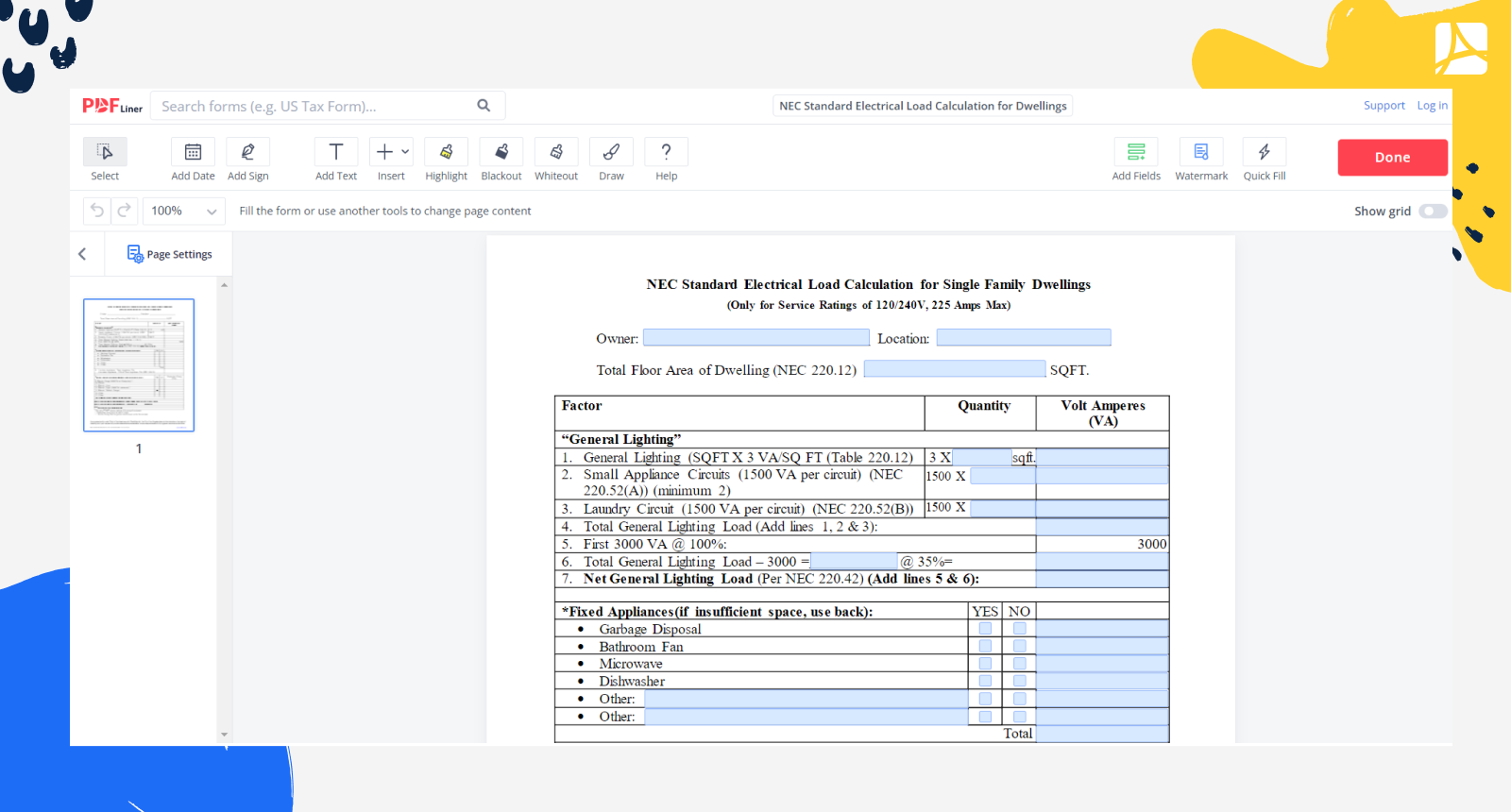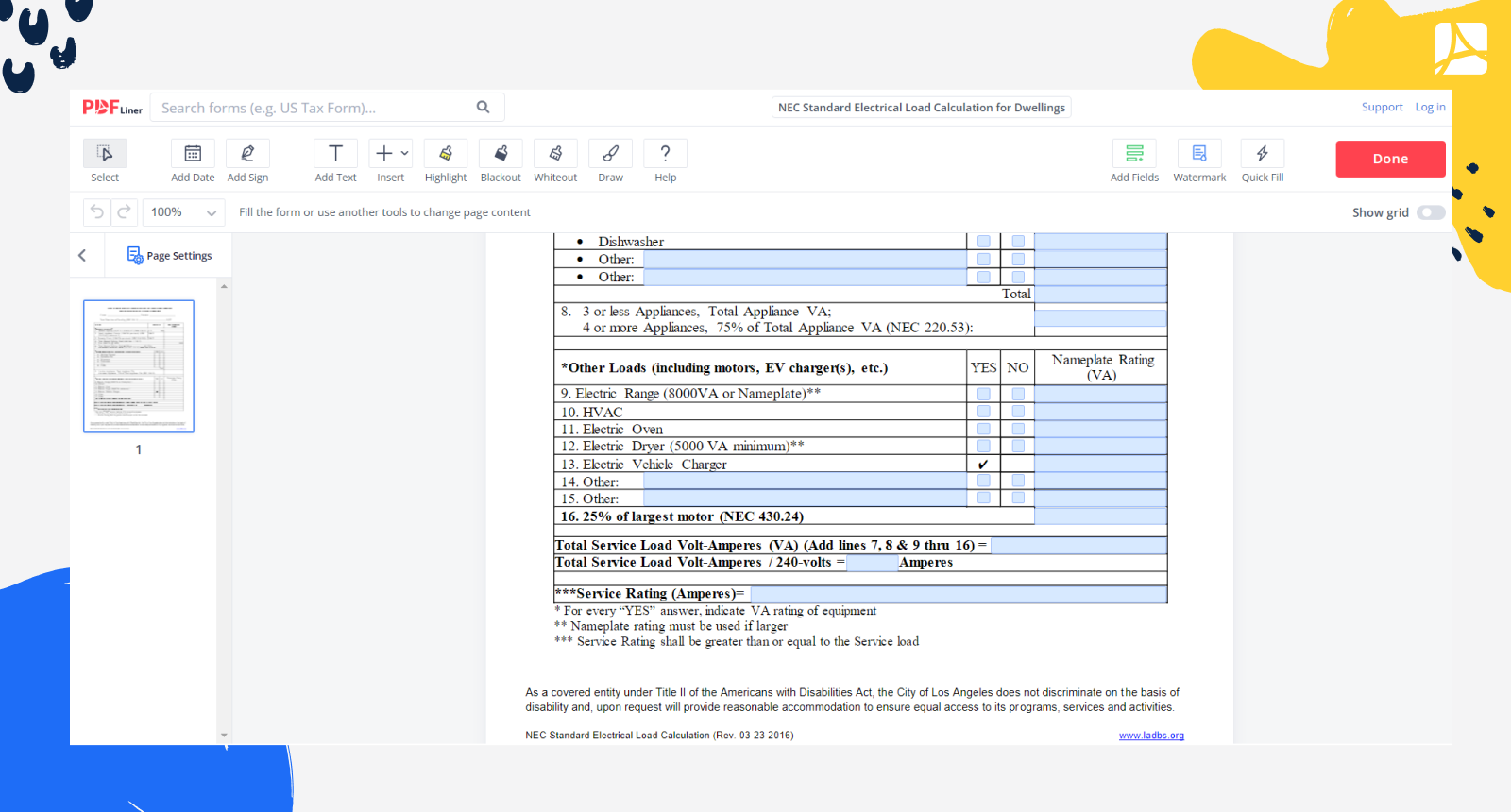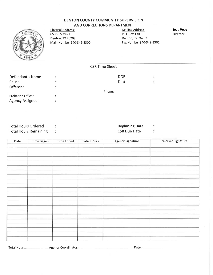-
Templates
1099 FormsAccurately report 1099 information returns and ensure IRS filing with easeExplore all templatesW-9 W-8 FormsEasily manage and share taxpayer details to streamline payments and meet IRS requirements with confidenceExplore all templatesOther Tax FormsFillable tax forms simplify and speed up your tax filing process and aid with recordkeeping.Explore all templatesReal EstateReal estate templates for all cases, from sale to rentals, save you a lot of time and effort.Explore all templatesLogisticsSimplify your trucking and logistics paperwork with our ready-to-use transportation and freight templates.Explore all templatesMedicalMedical forms help you keep patient documentation organized and secure.Explore all templatesBill of SaleBill of Sale templates streamline the transfer of ownership with clarity and protection.Explore all templatesContractsVarious contract templates ensure efficient and clear legal transactions.Explore all templatesEducationEducational forms and templates enhance the learning experience and student management.Explore all templates
-
Features
FeaturesAI-Enhanced Document Solutions for Contractor-Client Success and IRS ComplianceExplore all featuresAI Summarizer Check out the featureAI PDF summarizer makes your document workflow even faster. Ask AI to summarize PDF, assist you with tax forms, complete assignments, and more using just one tool.Sign PDF Check out the featurePDFLiner gives the opportunity to sign documents online, save them, send at once by email or print. Register now, upload your document and e-sign it onlineFill Out PDF Check out the featurePDFLiner provides different tools for filling in PDF forms. All you need is to register, upload the necessary document and start filling it out.Draw on a PDF Check out the featureDraw lines, circles, and other drawings on PDF using tools of PDFLiner online. Streamline your document editing process, speeding up your productivity
- Solutions
- Features
- Blog
- Support
- Pricing
- Log in
- Sign Up
NEC Standard Electrical Load Calculation for Dwellings
Get your NEC Standard Electrical Load Calculation for Dwellings in 3 easy steps
-
01 Fill and edit template
-
02 Sign it online
-
03 Export or print immediately
What Is an NEC Standard Electrical Load Calculation for Dwellings Form?
The National Electrical Code (NEC) is a set of regulations that ensure safe installation of electrical wiring and equipment in dwellings. The NEC NEC standard electrical load calculation is a document used to calculate the electrical load for a dwelling. This load calculation is important because it determines the electrical service size needed to provide adequate power to the dwelling.
The NEC commercial load calculation worksheet considers various factors, such as the number of bedrooms, square footage, and the types of electrical appliances and fixtures in the home. It is typically used by electricians, architects, engineers, and building inspectors to ensure that the electrical system in a dwelling is up to code.

How To Fill Out the NEC Standard Electrical Load Calculation for Dwellings Online
Filling out the NEC residential electrical load calculation worksheet pdf can be a bit intimidating, but it is not as difficult as it may seem. The form can be completed using the following steps:
- Get a copy of the form: You can find and fill out NEC commercial electrical load calculation worksheet pdf for free on the PDFliner website.
- Determine the service voltage: service voltage is the voltage that is being supplied to the dwelling. This can be found on the electrical service entrance panel or by contacting the local utility company.
- Determine the total square footage of the dwelling: including all areas of the dwelling, including the garage, basement, and any other living spaces.
- Determine the number of bedrooms in the dwelling: it affects the number of circuits needed for lighting and receptacles.
- Determine the number of small appliance circuits: small appliance circuits are circuits that power kitchen appliances such as microwaves, toasters, and blenders. NEC requires a minimum of two small appliance circuits in the kitchen.
- Determine the number of laundry circuits: circuits for washers, dryers, and other laundry equipment.
- Determine the number of general lighting circuits: including circuits for general lighting in living spaces such as the living room and dining room.
- Determine the number of general-purpose receptacle circuits: including circuits for outlets in living spaces and bedrooms.
- Determine the number of specific-purpose receptacle circuits: including circuits for appliances such as air conditioners, refrigerators, and electric dryers.
- Calculate the total connected load: including all the loads in the dwelling, such as lighting, appliances, and heating and cooling equipment.
- Calculate the demand load: including the maximum load expected to be used at any given time.
- Calculate the service size: including the minimum size of the electrical service needed to meet the demand load.
What Should the NEC Standard Electrical Load Calculation for Dwellings Include
The NEC load calculation worksheet template should include the following information:
- The service voltage
- The total square footage of the dwelling
- The number of bedrooms in the dwelling
- The number of small appliance circuits
- The number of laundry circuits
- The number of general lighting circuits
- The number of general-purpose receptacle circuits
- The number of specific-purpose receptacle circuits
- The total connected load
- The demand load
- The service size

Also important to ensure that all of this information is included in the residential electrical load calculation pdf form to ensure that the electrical system in the dwelling is up to code. If there are mistakes or inaccuracies in the electrical load calculation sheet, it could result in an electrical system that is not only inefficient but even unsafe.
And also, neglecting to include all the relevant information in the electrical load calculation pdf form could also result in non-compliance with local and national electrical codes, leading to costly fines and legal issues. So please be careful when filling out the commercial electrical load calculations worksheet form.
When to Request the NEC Standard Electrical Load Calculation for Dwellings Form
The NEC standard electrical load calculation worksheet is typically required in the following situations:
- When constructing a new dwelling: The NEC Standard Electrical Load Calculation for Dwellings Form is required during the construction of a new dwelling to ensure that the electrical system meets the electrical code requirements.
- When modifying an existing dwelling: If significant modifications are made to the electrical system of an existing dwelling, such as adding an addition, a new circuit, or upgrading electrical service, the NEC Standard Electrical Load Calculation for Dwellings Form may be necessary to ensure compliance with electrical codes.
- When purchasing a new home: A buyer may request the NEC Standard Electrical Load Calculation for Dwellings Form as part of a home inspection process to ensure the electrical system is safe and up to code.
- When selling a home: A seller may provide the NEC Standard Electrical Load Calculation for Dwellings Form to potential buyers to demonstrate that the electrical system is safe, efficient, and compliant with electrical codes.
- When filing for building permits: Building permits for new construction or significant modifications to an existing dwelling often require submission of the NEC Standard Electrical Load Calculation for Dwellings Form to ensure compliance with electrical codes.
Fillable online NEC Standard Electrical Load Calculation for Dwellings


































































